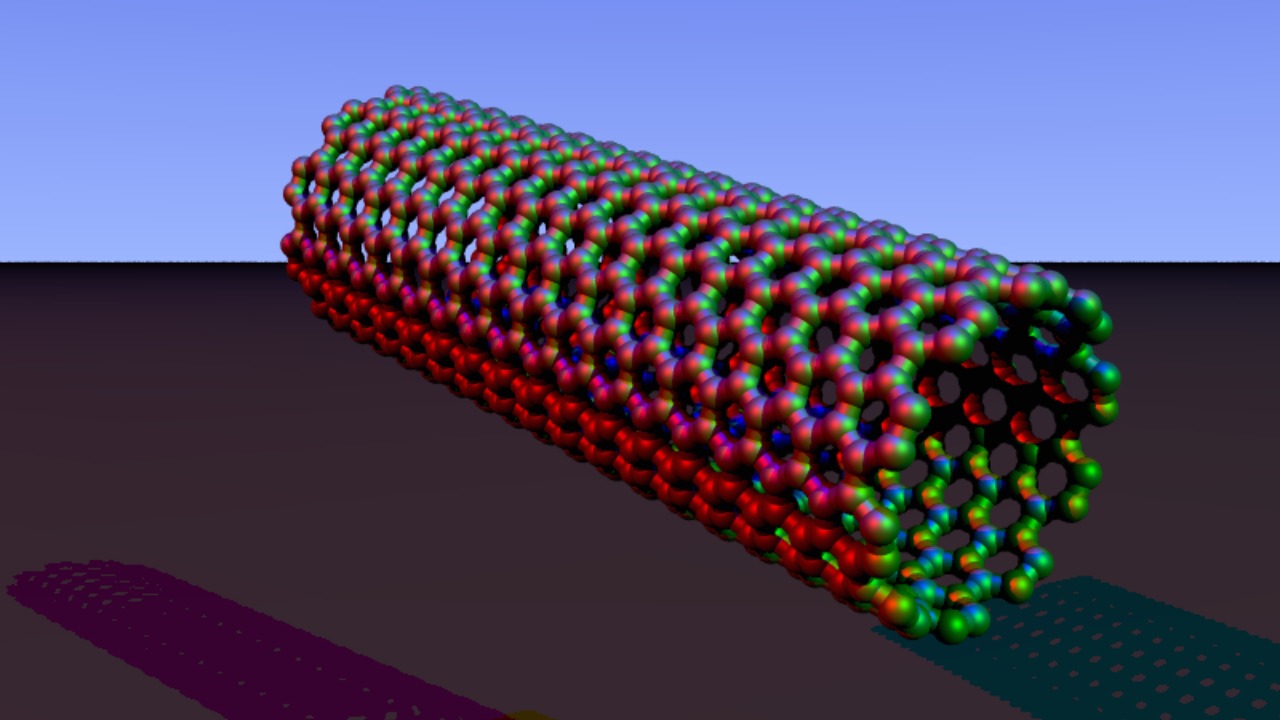
The audio technology landscape is undergoing a significant transformation with the introduction of ultra-thin speakers that can be embedded in clothing. In the following sections, we will delve into the innovative research, potential applications, and future implications of this technology.
The Technology Behind Ultra-Thin Speakers

Utilizing carbon nanotubes, ultra-thin speakers are being created that can be woven into fabrics. Carbon nanotubes are cylindrical nanostructures with extraordinary mechanical, electrical, and optical properties. As per a study published in Advanced Materials, these nanotubes can be arranged to form thin, flexible layers that vibrate to produce sound when electric current passes through them. This makes them ideal for use in ultra-thin speakers.
The manufacturing process of these speakers involves a complex layering and weaving process, integrating the carbon nanotubes with different types of fabric. This process ensures the speaker’s functionality while maintaining the fabric’s flexibility and comfort. The potential for variety in design and application is extensive, with the promise of integrating audio functionality into everyday clothing and beyond.
Performance and Quality of Sound

Compared to conventional mini-stereo amplifiers, ultra-thin speakers offer a unique sound experience. They may not provide the high volume output of traditional speakers, but they deliver a more personal, intimate sound experience. The sound quality of these speakers has been generally praised, with users appreciating the innovative integration of audio technology into wearable items.
As for durability and longevity, these speakers are designed to withstand regular wear and tear. The carbon nanotubes provide strength and flexibility, allowing the fabric to be washed and worn without damaging the speakers. However, the long-term durability of these speakers is something that will be revealed as they become more widely used.
Potential Applications of Ultra-Thin Speakers

The advent of ultra-thin speakers opens exciting possibilities in the field of wearable technology. With the ability to integrate sound capabilities into clothing, we can envision a future where your running jacket or yoga mat could play your favorite tunes. This technology could also be used in applications for the visually impaired, providing audio cues embedded in their clothing.
Moreover, the medical field could benefit from this technology. For example, wearable monitors with embedded speakers could provide real-time audio feedback about vital signs. In the fashion industry, designers could create interactive clothing that responds to sound or music, opening a new frontier in fashion technology.
The Future of Ultra-Thin Speakers and Wearable Technology

As technology continues to advance, the integration of ultra-thin speakers in wearable tech is likely to become more prevalent. The potential for growth in this market is vast, with opportunities for innovation in how we interact with sound. However, challenges like the integration of these speakers into various materials need to be addressed. With ongoing research and technological advancements, solutions to these challenges are expected to emerge.
The future of wearable technology is likely to be shaped significantly by ultra-thin speakers. From fitness wear, medical wearables to high fashion, the applications of this technology are vast and varied. However, as with any disruptive technology, there may be potential competitors and challenges that need to be overcome.
Public Reception and Market Impact

The public response to ultra-thin speakers embedded in clothing has been largely positive, as seen in the discussions in online tech forums like this Facebook group. The novelty of wearing your sound system combined with the utility of the technology has garnered considerable interest.
From a market perspective, this technology has the potential to disrupt multiple sectors, particularly the wearable tech and fashion industries. The economic implications are vast, given the potential for new products, services, and experiences that this technology can offer. However, the market landscape is likely to be competitive, with other players exploring similar technologies and applications.
In conclusion, the introduction of ultra-thin speakers that can be embedded in clothing is set to revolutionize the way we interact with sound. As we continue to explore and refine this technology, we can look forward to a more immersive and integrated sound experience in our everyday lives.